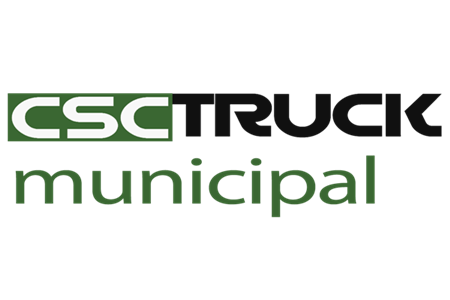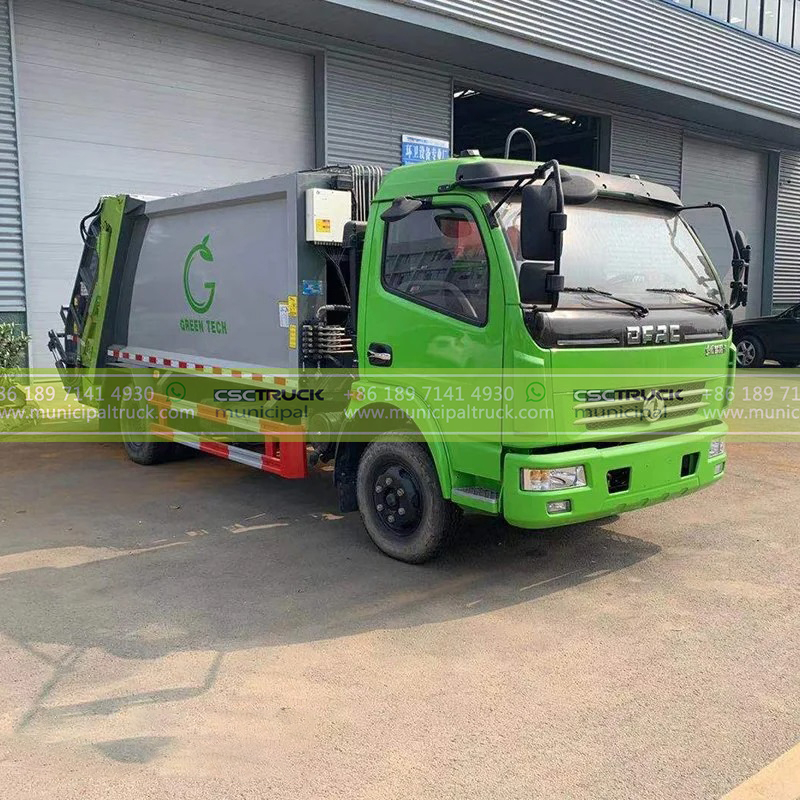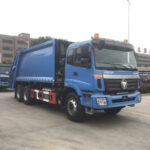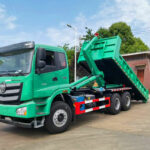1. The Anatomy of a Rear Loader Garbage Truck: Design and Core Functionality
The rear loader garbage truck is a cornerstone of modern waste management, engineered for efficiency in urban and suburban environments. Characterized by its rear-mounted hydraulic compactor and hopper, this vehicle relies on manual or semi-automated loading by sanitation workers, who deposit waste into the hopper before it is compacted into the truck’s storage chamber. Its strength lies in handling mixed waste streams with varying densities, from household trash to lightweight recyclables, while maintaining a manageable footprint for narrow streets.
Key features include a high-compression ratio (typically 5:1) to maximize payload capacity and reduce collection frequency. Modern models, such as those produced by leading manufacturers, integrate automated arms to assist with bin lifting, reducing physical strain on crews. In cities like Toronto and Copenhagen, rear loaders account for over 60% of residential waste collection fleets due to their reliability in diverse weather conditions and cost-effective operational model.
2. Ideal Use Cases for Rear Loader Garbage Trucks
2.1 High-Density Residential Areas
Rear loader garbage trucks thrive in neighborhoods with tightly packed housing, such as apartment complexes and row-house districts. Their ability to navigate narrow roads and frequent stop-start routes makes them indispensable in cities like Tokyo, where 70% of households rely on rear loaders for weekly pickups. The trucks’ compactors efficiently handle mixed waste, which often includes non-recyclable packaging and organic matter, reducing the need for secondary sorting.
2.2 Commercial Corridors with Curbside Collection
Business districts generating moderate volumes of trash—think restaurants, retail stores, and offices—benefit from rear loaders’ versatility. In New York City’s Manhattan borough, these trucks service over 15,000 businesses daily, compacting everything from food waste to cardboard. Their slower operational speed (compared to automated side loaders) allows for precise bin alignment in congested areas, minimizing spillage.
2.3 Municipalities with Limited Recycling Infrastructure
In regions where single-stream recycling is not yet standardized, rear loaders provide a pragmatic solution. Workers can visually inspect waste before compaction, diverting recyclables manually. A 2024 study in São Paulo showed that integrating rear loaders with basic sorting training improved recycling rates by 18% in low-income communities.
3. Operational Advantages Over Alternative Waste Vehicles
While hook loader garbage trucks excel in industrial settings and automated side loaders dominate suburban routes, rear loaders fill a unique niche.
- Labor Flexibility: Unlike fully automated systems, rear loaders allow crews to handle irregularly shaped items (e.g., furniture, appliances) that robotic arms might reject.
- Cost Efficiency: With lower upfront costs than hybrid or electric models, they remain the budget-friendly choice for municipalities in developing economies.
- Adaptability: Retrofitting rear loaders with biogas engines or solar-powered compactors is increasingly common, extending their relevance in sustainability-focused regions.
However, their reliance on manual labor can increase operational costs in high-wage regions. The key is to deploy rear loaders where their human-centric design aligns with local economic and infrastructural realities.
4. Best Practices for Maximizing Efficiency and Longevity
4.1 Crew Training and Safety Protocols
Proper training reduces injury risks and downtime. In Melbourne, a citywide program teaching ergonomic lifting techniques cut worker compensation claims among rear loader operators by 40%. Safety innovations like anti-pinch sensors on hopper doors further enhance protection.
4.2 Route Optimization and Fleet Management
GPS tracking systems paired with AI-powered route software can slash fuel costs by 25%. Los Angeles’s sanitation department achieved this by analyzing traffic patterns to avoid peak-hour delays, ensuring trucks complete 12–15 stops per hour.
4.3 Proactive Maintenance Schedules
The compactor blade and hydraulic systems require biweekly inspections to prevent failures. Coastal cities like Miami prioritize corrosion-resistant coatings on these components to combat saltwater damage. Following these protocols, fleet managers in Seoul report a 20% lifespan extension.
5. Future Innovations and Synergy with Advanced Waste Systems
The rear loader’s future hinges on hybridizing traditional design with smart technologies:
- Electric Powertrains: Cities like Amsterdam now operate zero-emission rear loaders with 150-mile ranges, ideal for dense urban circuits.
- AI Waste Recognition: Cameras above the hopper can now identify recyclables and hazardous materials in real time, alerting crews via dashboard displays. Trials in San Francisco have shown a 30% improvement in waste segregation accuracy.
- Complementary Fleet Pairings: Combining rear loaders with hook loader garbage trucks creates a holistic waste ecosystem. For instance, rear loaders handle daily residential collection, while hook loaders manage bulk debris from periodic cleanups.
In 2024, a pilot project in Berlin integrated both truck types with a shared IoT platform, coordinating routes based on real-time fill data from smart bins. This reduced total fleet emissions by 22% while maintaining service quality. Such synergies highlight how rear loaders will remain vital, even as waste management evolves toward automation and sustainability.
Final Insights
The rear loader garbage truck is not a one-size-fits-all solution, but its enduring relevance stems from adaptability to human-centric workflows and mixed waste challenges. As cities balance efficiency with equity—ensuring waste services reach all communities—this vehicle’s role will persist, albeit enhanced by technology. Meanwhile, strategic partnerships with systems like the hook loader garbage truck ensure comprehensive coverage, from curbside pickups to industrial-scale operations.






